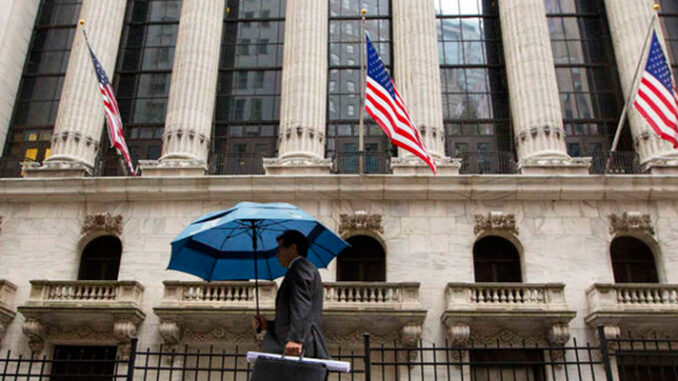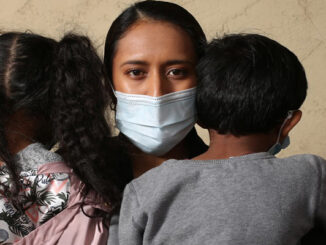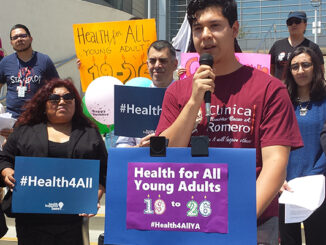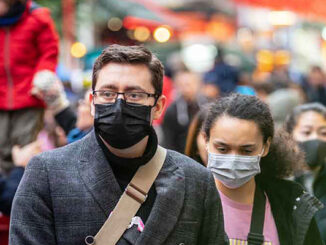
If we keep up our current strategy, our economy will die.
by Paul Romer and
Covid-19, the most threatening pandemic of the past century, has precipitated both a health crisis and an economic crisis. The strategies that governments have adopted to deal with each crisis separately are contradictory and risk catastrophic, long-term failure.
Social distancing is an emergency measure that will save lives but brings economic activity to a near-halt. During the worst of the Great Depression, 25 percent of the labor force was out of work. Several days ago, on March 17, Treasury Secretary Steven Mnuchin warned Congress that the unemployment rate could soon reach 20 percent. The economic news since then has been ominous. A growing fraction of the population — about one in four Americans — is under orders to stay home.
Loan guarantees and direct cash transfers will stave off bankruptcy and default on debt, but these measures cannot restore the output that is lost when social distancing keeps people from producing goods and services.
To protect our way of life, we need to shift within a couple of months to a targeted approach that limits the spread of the virus but still lets most people go back to work and resume their daily activities.
This approach uses two complementary strategies. The first relies on tests to target social distancing more precisely. The second relies on protective equipment that prevents the transmission of the virus. Adopting these strategies will require a massive increase in our capacity for coronavirus testing and a surge in the production of personal protective equipment.
Resources, not scientific breakthroughs, are needed to expand our capacity for virus tests. If we commit to this type of expansion, technological innovations will continue to lower the cost and increase the speed of the existing tests. In many locations it has taken days to process SARS-Cov-2 tests. On Saturday, the Food and Drug Administration said it would allow a Silicon Valley company, Cepheid, to start selling a test that provides results in 45 minutes. Other firms and research groups (among them Sherlock Biosciences and the German Center for Infection Research) are working on scalable alternatives. Many hospitals are developing their own tests.
These newer tests could be so much less expensive and so much more convenient that it will be possible to test and retest everyone, not just those with symptoms. Frequent virus tests will let us identify and isolate someone who is infectious days before symptoms develop.
We could start by screening the general public on a weekly basis. It might make sense to test health care and emergency response workers daily. We do not have the capacity to do this now, but all it would take to make this happen is for the federal government to make coronavirus testing an urgent goal and to fund it accordingly.
Tests to detect antibodies to the novel coronavirus are also becoming available. If recovery confers immunity, as seems to be the case for SARS and MERS, these tests will identify individuals who would neither be harmed by exposure to the virus nor expose anyone else to the risk of infection. They would not need additional testing.



